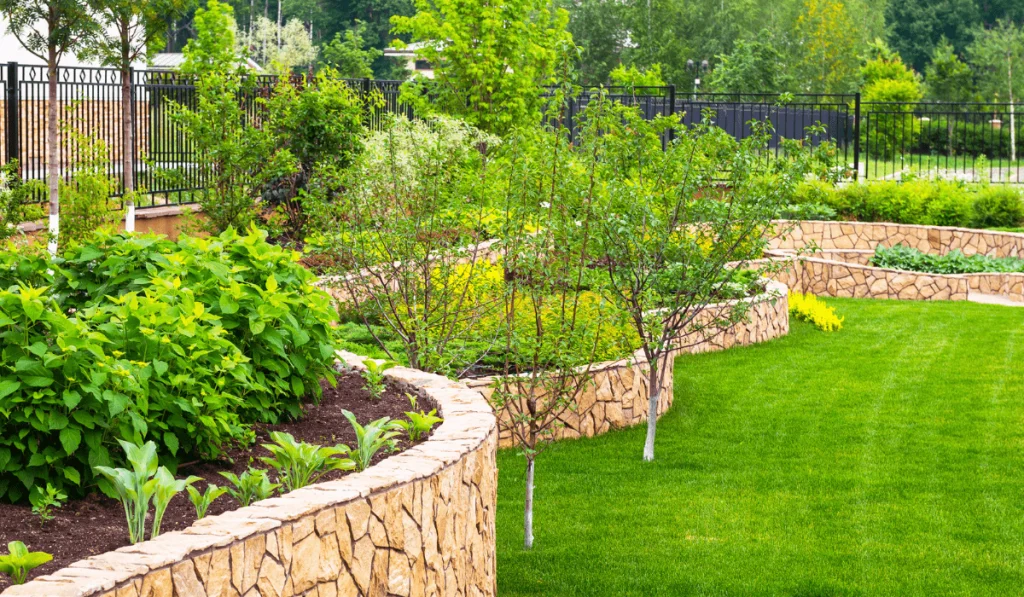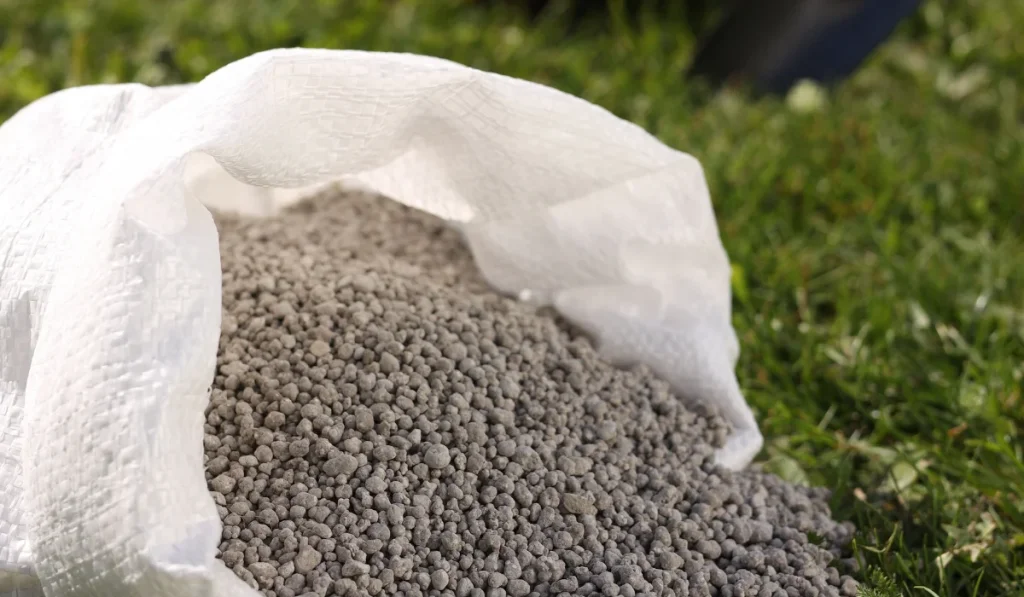Planning to landscape your property in Gilroy? Familiarize yourself with local requirements for residences and multi-family projects. These guidelines ensure visually appealing, eco-friendly, and safe projects. So read on to create a beautiful landscape that complies with zoning ordinances, building permits, and California building codes.
Key Takeaways
- Landscaping in Gilroy involves balancing aesthetics and environmental responsibility, including water management and waste reduction strategies.
- Prohibited landscaping practices include planting high-water-consuming or invasive species in road center strips, neglecting backflow devices, compacting soil, and more.
- Gilroy’s landscaping regulations offer exceptions for single-family residential zones and allow certain plants in defensible spaces despite fire considerations.
- Efficient stormwater practices and proper grading techniques conserve water, reduce runoff, and enhance environmental health and aesthetic appeal.
Requirements
In Gilroy of Santa Clara County, landscaping goes beyond creating visual appeal. It plays a dual role, balancing aesthetics with environmental responsibility, particularly in safeguarding our stormwater quality. The municipal code sections offer comprehensive guidance for deep diving into the specifics.
Landscape Water Management
- All projects must have a main shut-off valve. The only exception is for landscapes with advanced sprinkler systems that can be controlled individually and have built-in low-pressure shut-off features.
- Your watering system should be set up to avoid any wastage. Ensure it doesn’t leak or spray water onto areas not needed, like driveways, roads, or nearby properties. It should stay within property lines and not go into adjacent property or right-of-way areas.
Landscape
- Mix it up in your garden! Use different types of plants for variety – think about different shapes, colors, and sizes. Aim for a hydrozone garden that looks good all year, with a mix of plants that keep their leaves and those that don’t, plus some that flower.
- Using plants to hide things like garbage bins, carports, and pool gear is great. But remember, don’t plant them so they block or make it hard to use these areas. A good landscape plan makes accessing your patios or front yard easy.
Prohibitions
Though diverse landscape areas are appreciated, certain practices are prohibited to maintain the city’s charm, conserve water, and ensure safety. Here’s what you should avoid:
Landscape Water Management
- Do not plant high-water-consuming or invasive species in the center strips of roads. Especially avoid plants like pampas grass, English ivy, or periwinkle, as listed by the California Invasive Plant Council.
- Neglecting to use backflow devices with your irrigation system is not allowed. These devices prevent water from flowing backward into the main supply, ensuring the water remains uncontaminated. An irrigation controller is also helpful here, as it maintains water supply with less intervention.
Landscape
- Do not compact your soil. It should always be kept loose and crumbly to ensure adequate water absorption and overall plant health. Use soil amendments to help out with this.
- Avoid landscape designs that lead to water runoff from hard surfaces like roofs and paths, which could flood the area, especially during heavy rainfall.
Exceptions
Gilroy’s landscaping regulations are strict, but there are a few exceptions that property owners should be aware of. For example:
- All plant materials in your landscape should be thriving, healthy, and weed-free. But if you own a property in zones explicitly designated for single-family residential use, you’re given a bit more leeway. These family dwellings aren’t bound to this stringent upkeep regulation.
Fire Code
The city of Gilroy places great importance on fire prevention, especially regarding landscaping. The guidelines are designed to minimize fire risks, protecting both the residents and their properties:
- All property owners should maintain an adequate defensible space. This means removing and clearing any flammable vegetation or combustible growth within 30 square feet of buildings or other structures.
- While the emphasis is on clearing, there are exceptions. You can keep single specimens of trees, ornamental shrubs, or plants used as ground covers. Just ensure they can’t potentially spread fire from natural growth to any nearby structures, or the fire department will want a word with you.
Waste Reduction
Conserving water and reducing runoff is a priority in Gilroy, especially with landscaping. Implementing proper techniques isn’t just an environmentally good deed—ensuring the health of natural resources and community is mandatory:
- Efficient stormwater practices are essential. They help reduce unnecessary runoff and allow water to seep into the ground. This not only recharges groundwater but also enhances water quality.
- If designing or revamping your landscape, ensure it follows best management practices. The aim should be to hold as much rainwater on-site as possible. Proper grading and trenching can be pivotal in guiding water to desired locations and preventing wasteful overflow.
Conformance to Gilroy’s landscaping regulations creates green spaces and contributes to the community’s beauty and character. A conversation with a seasoned lawn care specialist can shed light on these directives. With professional insights, your outdoor projects can flourish while fully compliant.



